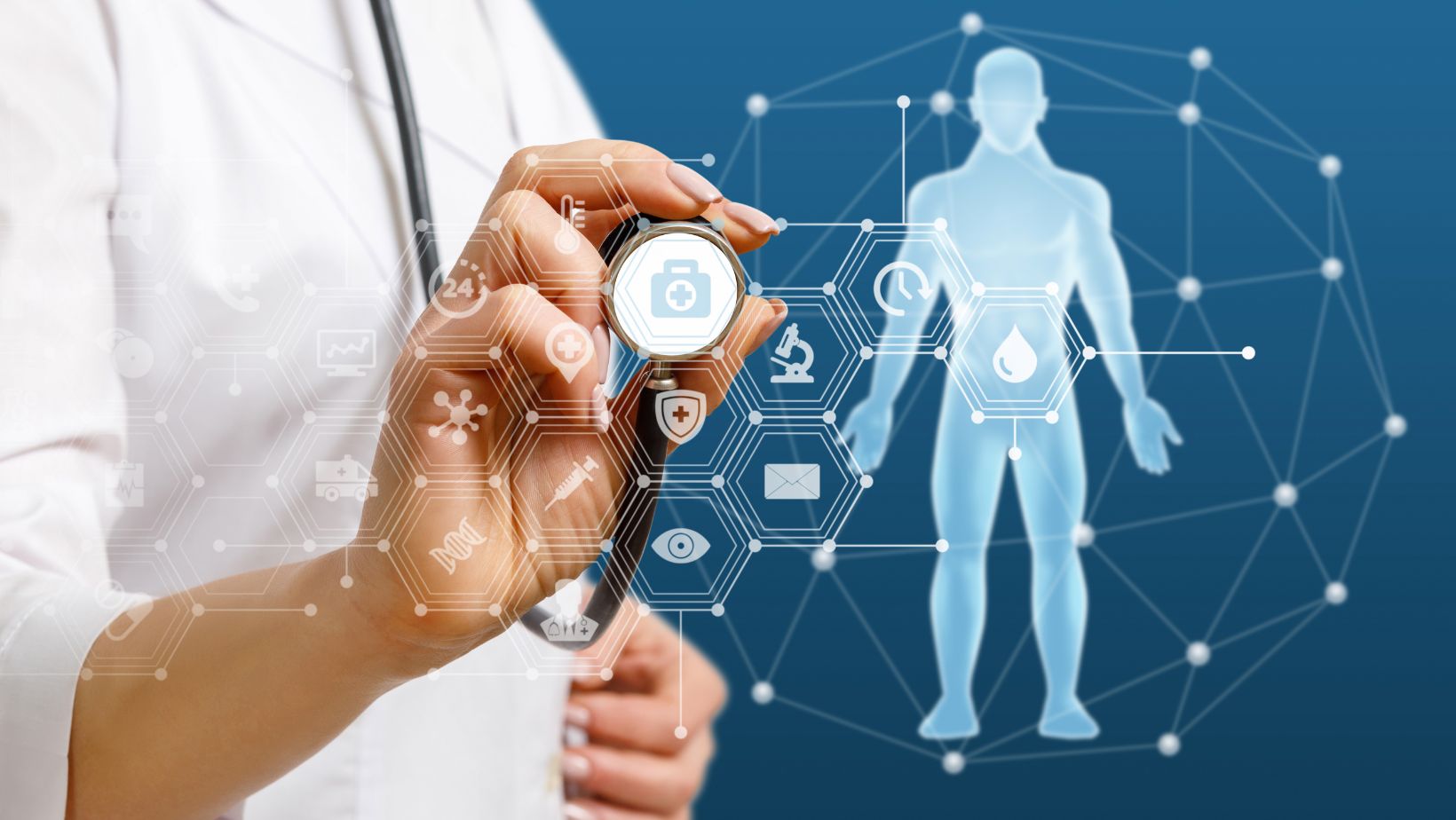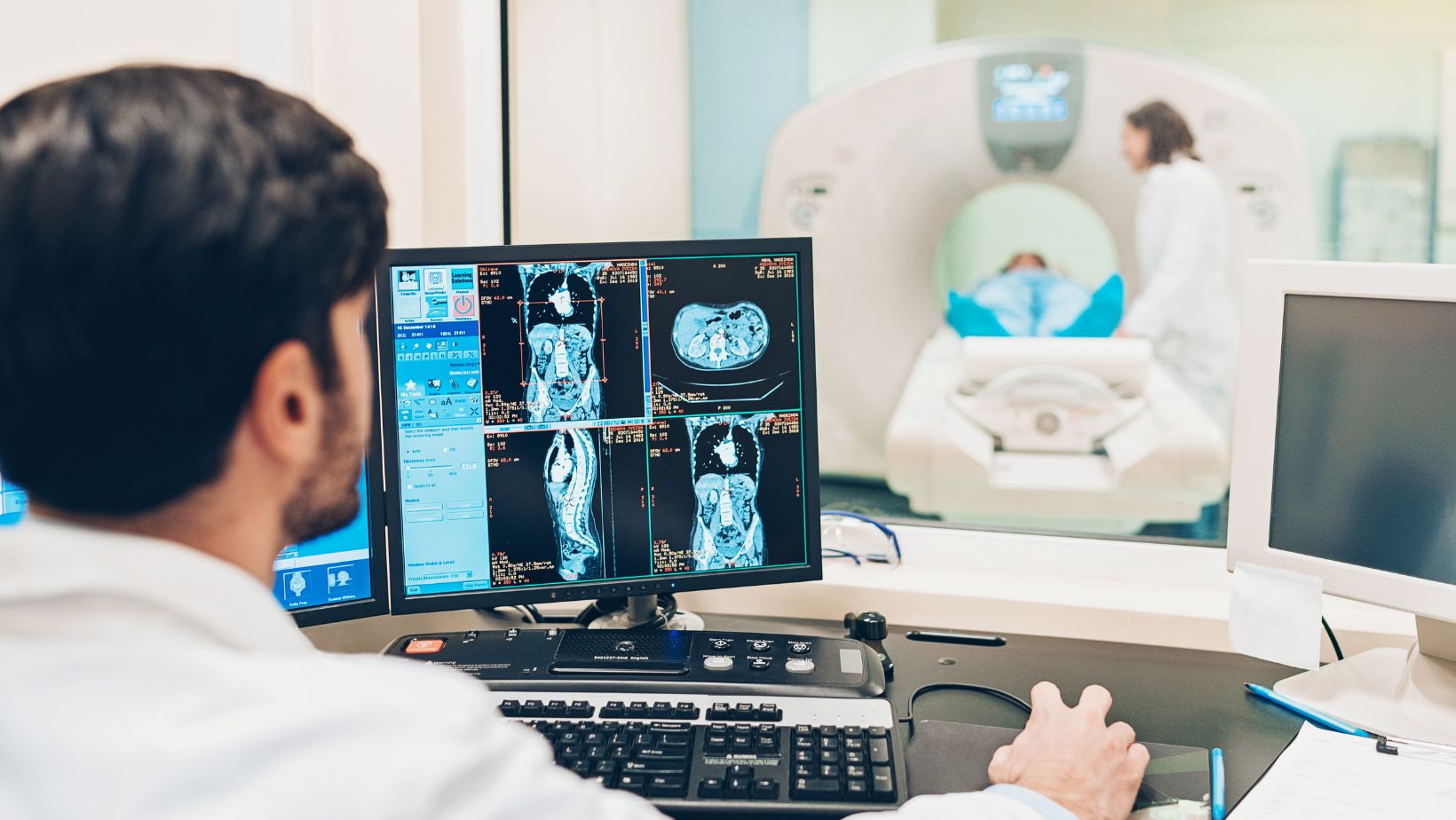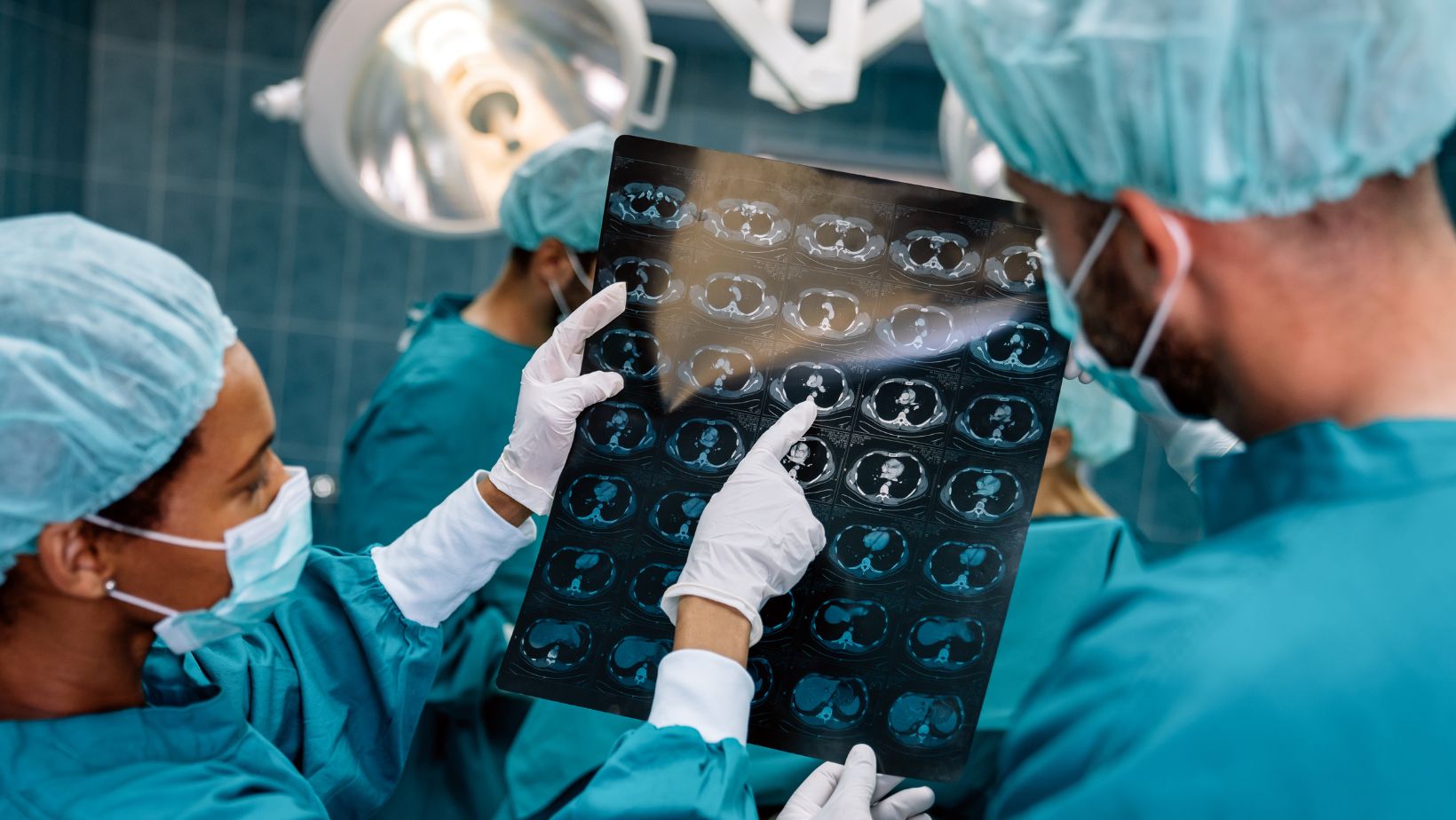
While computer vision’s impact on diagnostics is already significant, its potential to revolutionize other aspects of healthcare is equally compelling. Beyond just identifying existing conditions, computer vision is emerging as a powerful tool for proactive healthcare, shifting the focus from reactive treatment to preventative monitoring and personalized wellness strategies.
The Rise Of Proactive Patient Care
Traditional healthcare models often focus on treating illnesses after they arise. However, the future of medicine is increasingly geared towards prevention and early intervention. Computer vision is playing a vital role in this shift by enabling:
- Remote patient monitoring: Wearable devices and at-home health monitoring systems equipped with cameras and computer vision algorithms can continuously analyze patient data in real time. This includes monitoring vital signs, movement patterns, posture, and even subtle changes in facial expressions that might indicate pain or discomfort.
- Personalized preventative strategies: By analyzing visual data from patients, computer vision can contribute to highly personalized preventative healthcare plans. For example, algorithms can assess gait and posture to identify individuals at risk of falls or analyze skin images to monitor for early signs of skin cancer development.
Accessibility And Scalability Through Cross-Platform Solutions
The widespread adoption of proactive healthcare solutions powered by computer vision hinges on accessibility.

To reach diverse patient populations across various demographics and geographical locations, applications need to be readily available on a multitude of devices. This underscores the critical need for a skilled cross-platform application development service. By leveraging cross-platform development, healthcare providers can ensure that their computer vision-based monitoring and preventative care tools are accessible on smartphones, tablets, and other devices, regardless of the underlying operating system. This inclusivity is essential for maximizing the reach and impact of proactive healthcare initiatives.
Examples In The Proactive Space
- Fall detection systems: Smart cameras and wearable sensors using computer vision can detect falls in real-time, automatically alerting caregivers or emergency services, which is particularly crucial for elderly individuals and those with mobility issues.
- Post-surgical recovery monitoring: Computer vision can track patient recovery at home after surgery by analyzing movement patterns, wound healing progress (through image analysis), and activity levels, enabling remote monitoring and timely intervention if complications arise.
- Mental health monitoring: Emerging research explores the use of computer vision to analyze facial expressions and body language as potential indicators of mental health conditions, offering a non-invasive way to monitor patient well-being and potentially identify early warning signs.
The Future Of Wellness Is Visual
Computer vision is rapidly extending its reach beyond diagnostics and into the realm of proactive healthcare. From remote patient monitoring to personalized preventative strategies, this technology is poised to transform how we approach wellness and disease prevention. The continued advancement and accessibility offered by computer vision will be a key enabler in ensuring that the benefits of computer vision-powered proactive healthcare are realized by communities worldwide, paving the way for a future where healthcare is not just reactive but actively preventative and personalized.



